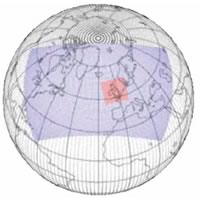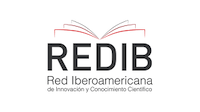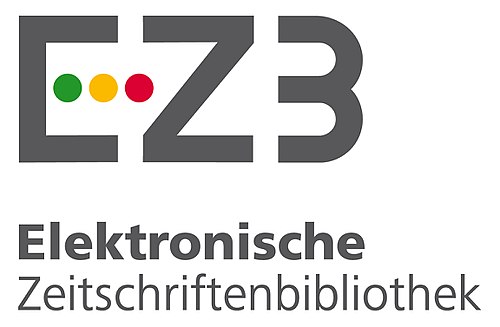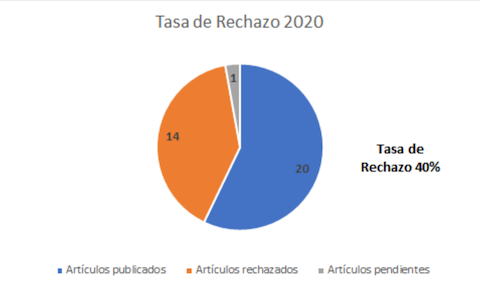Study and simulation of tornados in the geographical area of barranquilla
DOI:
https://doi.org/10.18667/cienciaypoderaereo.19Keywords:
Simulation, tornado, physical variables, computational modelsAbstract
Within the convective phenomena that have been increasing in Barranquilla are the tornados that struck specific geographical areas, especially in the south west of the city, producing considerable physical damages in the structures of dwellings and businesses with sometimes the loss of human lives. The complexity of the problem and its multiple interactions make computational models that try to simulate the physics of the climatic phenomenon the only way to evaluate these changes; however they have a limited precision due to the ignorance of the condition of the atmosphere.
In this first phase of the investigation we focus on the behavior of tornados in the metropolitan area of Barranquilla, exploring all the available literature on its level of occurrence in the city, the kind of damage generated in the surrounding area, the historical data of physical variables that explain their origin and the different computational models of parameters in the local geography.
Downloads
References
Aguirre de Carcer, I. Jaque F. (2001). Introducción a la Meteorología Ambiental. Cantoblanco, Madrid: Ediciones de la Universidad Autónoma de Madrid.
Augusto, T. Wehrle, A. (2003). Tornados y trombas. Centenario de la muerte de Arcimis. Revista del Aficionado a la Meteorología - RAM.
Ayuso, J. J. (1994). Predicción Estadística Operativa en el INM, Vol. B-34 Monografías del Instituto Nacional de Meteorología. Madrid: Ministerio de Medio Ambiente.
Capel Molina, J. J. (2002). Tormentas y tornados en la península ibérica. Meteoros adversos extremos que le caracterizan. Nimbus, 9(10), pp. 5 -16.
Center for Analysis and Prediction of Storms. University of Oklahoma. Recuperado de http://www.caps.ou.edu/ARPS/
Cuadrat J. M. y Pita M. F. (2006). Climatología. Madrid: Editorial Cátedra
Haas, R., T. Ambrizzi, A. J. Pereira F. (2000). Comparação de desempenho entre um cluster PC-linux e um SP2 em simulações com o modelo ARPS. I Encontro Brasileiro de Modelagem Atmosférica, XI CBMET, Río de Janeiro.
IDEAM (2005). Atlas climatológico de Colombia. Bogotá D.C.: Imprenta Nacional de Colombia.
Jacobson M.Z., (1999). Fundamentals of Athmospheric Modeling. Cambridge: Cambridge University Press.
Patz, J.A., Campbell-Lendrum, D., Holloway, T. y Foley, J.A. (2005). Impact of regional climate change on human health, Nature, 438, pp. 310-317
https://doi.org/10.1038/nature04188
Rey, E. (2007) La nueva escala mejorada de Fujita, aka CumulusHumilis, Equipo SSW. Recuperado de Recuperado de http://www.tiemposevero.es/ver-reportaje.php?id=146
Vásquez Castellar, N. (20 de septiembre de 2006). Tornados, se encienden las alarmas. Recuperado de http://elobservadorm.blogspot.com/search?q=tornado
Xue, M.; Droegemaier, K. K.; Wong, V.; Shapiro, A.; Brewster, K. (1995) Advanced Regional Prediction System Users Guide, p. 380. University of Oklahoma.
Xue M., K. Droegemeier and V. Wong.( 2000). The Advanced Regional Prediction System (ARPS). A Multi-Scale Nonhydrostatic Atmospheric Simulation and Prediction Model. Part I: Model Dynamics and Verification. Meteorology Atmospheric Physics. 75, pp. 161-193.

Downloads
Published
Issue
Section
License
Assignment of Copyrights
Authors assign Ciencia y Poder Aéreo journal the exclusive rights (reproduction, distribution, public communication, and transformation) to exploit and commercialize their work, in whole or in part, in all the formats and modalities of present or future exploitation, in all languages, throughout the life of the work and throughout the world.
All contents published in Ciencia y Poder Aéreo journal are licensed under a Creative Commons Attribution 4.0 International License, whose complete information is available at http://creativecommons.org/licenses/by/4.0/
Under the terms of this license, users are free to download, print, extract, archive, distribute and publicly communicate the content of articles, provided that proper credit is granted to authors and Ciencia y Poder Aéreo, scientific journal of the Graduate School of the Colombian Air Force. Except when otherwise indicated, this site and its contents are licensed under a Creative Commons Attribution 4.0 International License.
For other uses not considered under this license it is required to contact the Director or the Editor of the journal at the e-mail address cienciaypoderaereo1@gmail.com.
The Graduate School of the Colombian Air Force and this publication are not responsible for the concepts expressed in the articles, including the metadata or the affiliation stated by authors. This is the full responsibility of the authors.





















